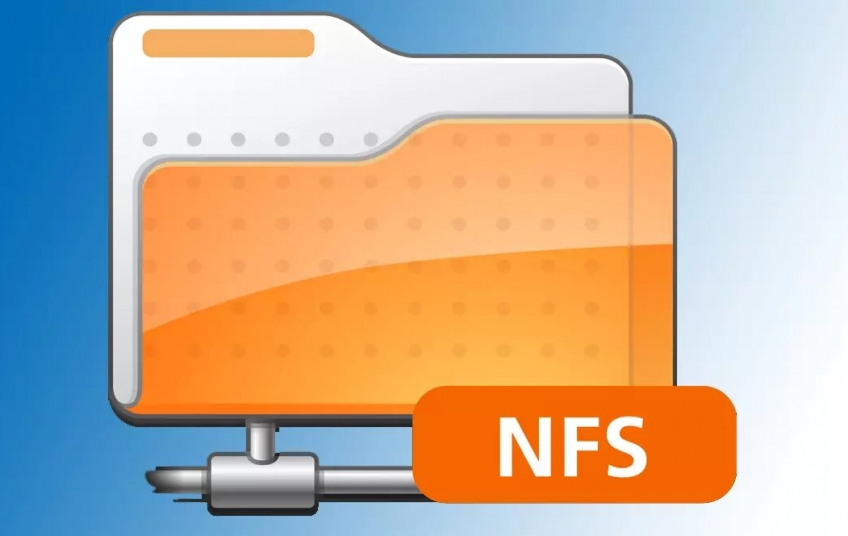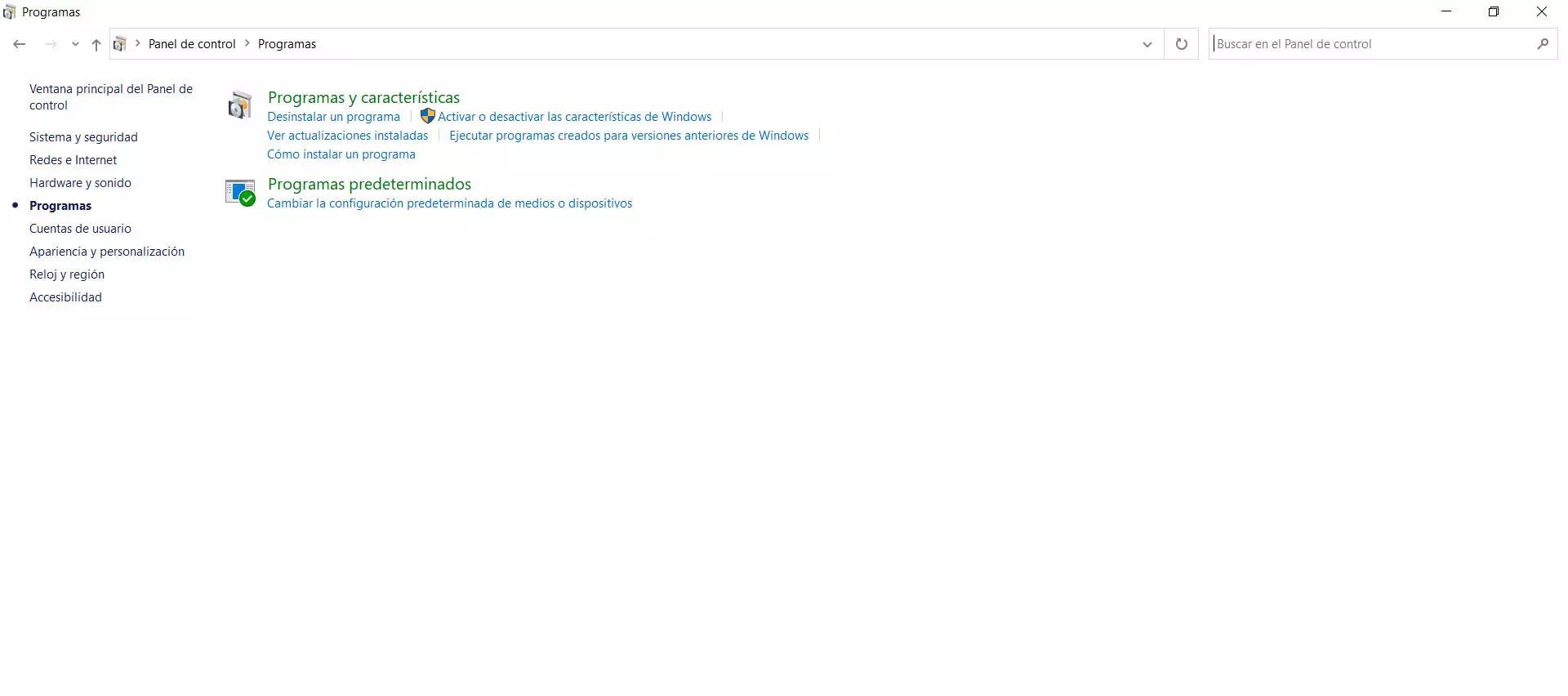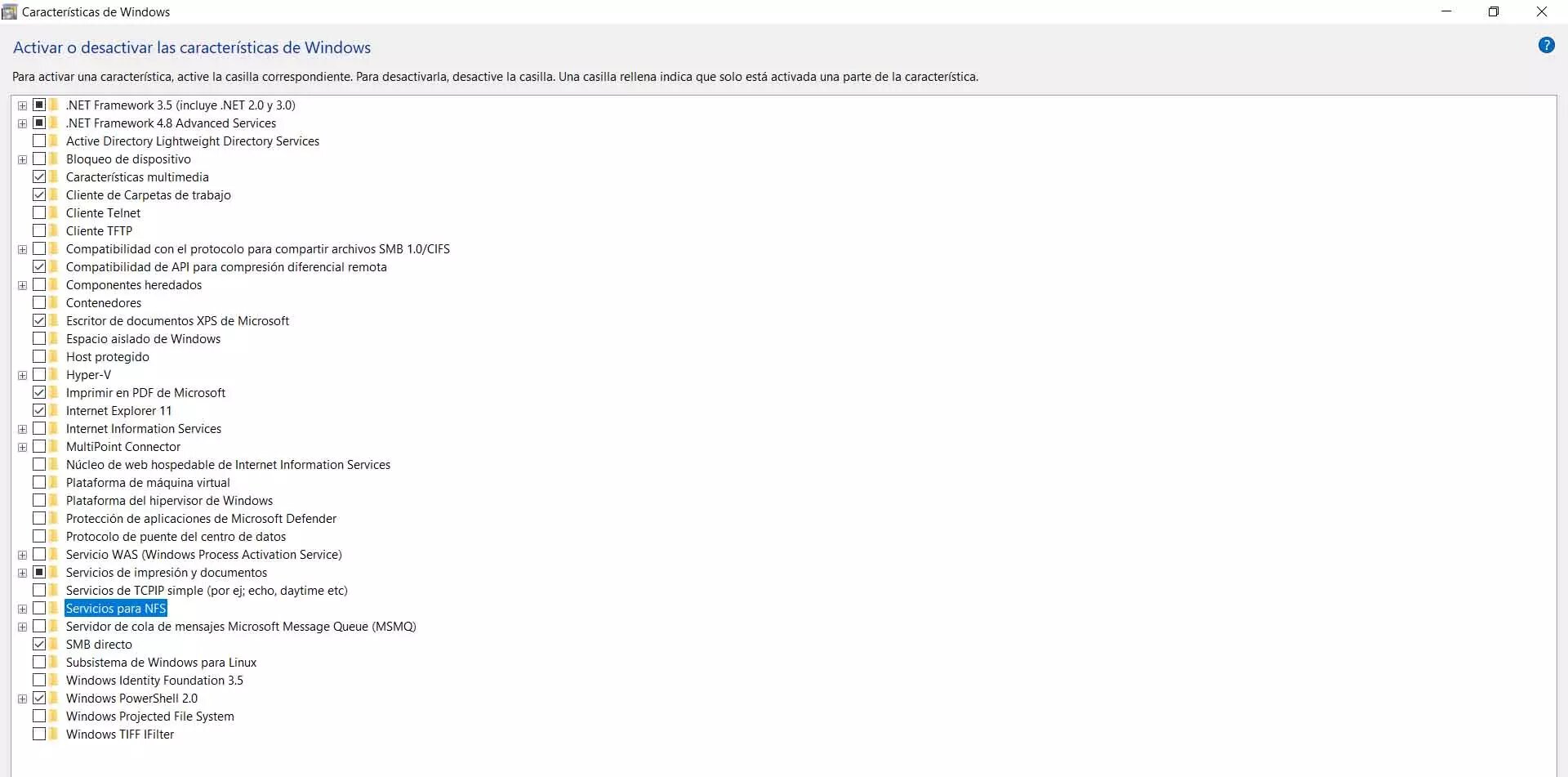NFS is the acronym for Network File System, which in Spanish can be translated as Network File System. It is a protocol used so that different computers within the same network can access and share files. This allows a computer, for example, to use information stored on another computer as if it were a hard disk. We will explain how it works, what are its main uses and how it can be used.
What is the NFS protocol?
The NFS protocol is used for distributed file systems on a local network. It basically consists of different computers that are within that network, being able to connect with each other and access the files that are on another system. For example, an office with several computers, from one of them we can access another as if it were a hard drive or storage unit.
For this to be possible, there must be a client and a server. However, there may be many clients. There can be many computers connecting to files on a server. All this is done remotely, without the need to be physically in front of the computer we are trying to access.
We can say that the server is the computer that has the files stored. It is the unit that will allow other devices, which would be clients, to access. On the client-side, it will request access to the server, generally through commands. This will allow you to interact with that server, view the content, download files…
In the command that the client executes, the order is specified within more than 30 different options. This also includes the attributes of the software to be used and the server. Options include, for example, the size of the read or write block, as well as the protocol used.
The security protocols will be in charge of validating or not the client's access to those files that are on the server.
Uses of the NFS protocol
After explaining what the Network File System or NFS protocol is and what it consists of, we are going to talk about what are the most common uses that we can give it. It is a protocol that emerged in the 1980s and has been refined over time. However, today, despite not being so widely used, it does continue to exist.
Centralize data
One of the main uses of the NFS protocol is to be able to have all the files centralized in a single server. This will allow to dispense with memory units in the other computers and to be able to enter remotely to read any file or download it.
It is very useful especially when there are many users who will have to enter to modify those files. For example a company. All the computers, which would be the clients, could access a single centralized server and thus have control of the files.
Be able to remotely access another computer
It is also clear that another positive point is that it allows remote access from one computer to another. As long as they are connected to the same network, we can connect one computer to another that acts as a server.
We can do this without the need for him to be physically next to us and for us to be in front. Therefore, it allows us to access remotely through the NFS protocol. For example in a company that has different rooms with equipment.
Save on hardware
As we can share files over the network, this also includes disk drives, for example. This allows us to do without having a disk drive in each of the computers and only have it in one, which will act as a server, and be able to connect from other devices.
In order to save hardware costs, this possibility is very useful for companies that have many computers. This will avoid having all the computers with the same hardware.
Positive and negative points of NFS
This network protocol has different advantages and disadvantages, as we will see. We must start from the basis that it has been with us for several decades. This will cause it to have certain limitations and also problems when using it.
Advantage
-
Multiple clients can access files.
-
Reduces the need for disk space.
-
Any user can modify and update the files.
-
Compatibility with many computers.
Disadvantages
-
Security: use only on secure networks and behind a firewall.
-
Requires high overhead to read files.
-
It is not easy to block files or give permissions.
How to use NFS in Windows
So how can we use the NFS protocol today? What are we going to need? After seeing how it works, as well as its main negative and positive points, we can explain what we have to do to be able to use it in our day-to-day life.
The first thing we are going to need is to have computers with compatible operating systems. For example, we can use Ubuntu Server or Windows, although even Android has compatibility despite the fact that there are not too many applications.
In the case of Windows 10, the NFS Client must be enabled. By default, it is disabled, mainly due to the security problems we mentioned. It is common for older protocols like this to not be active by default.
To enable it we have to go to Start, enter the Control Panel, go to Programs and Activate or deactivate Windows features...
Once here we have to click on Services for NFS and check the box. Later we give him to Accept.
When we have the NFS Client enabled in Windows, we will be able to mount a unit. In this case, we will have to go to the Command Prompt or command line and execute the following command:
mount -o anon 192.168.111.111sistemanombreCarpeta K:






